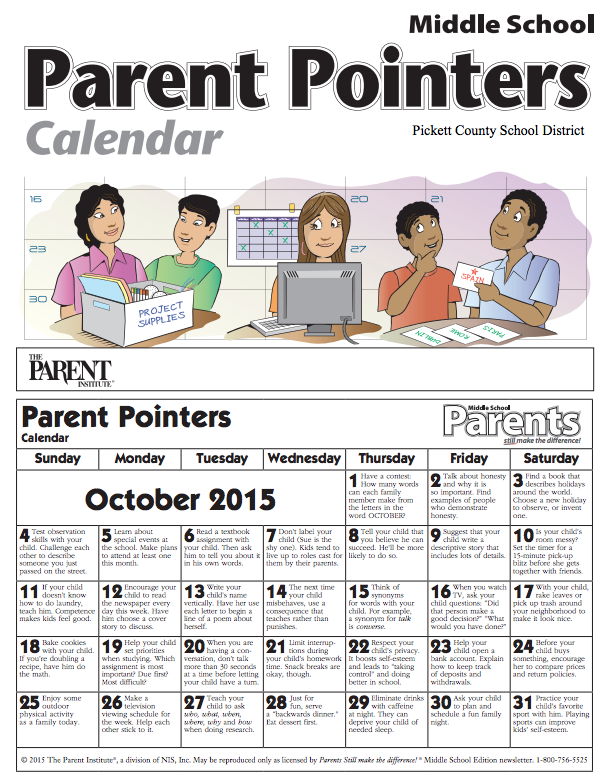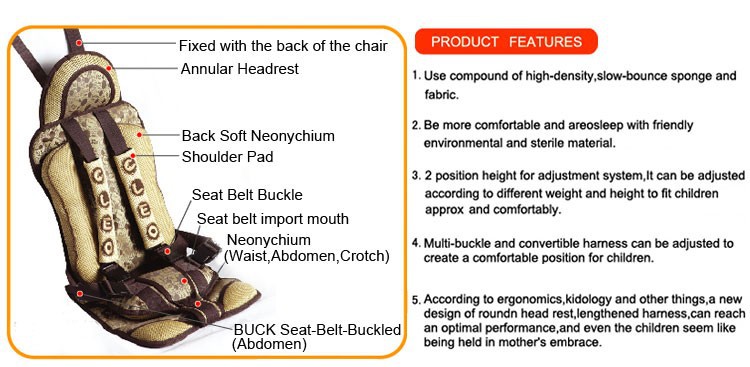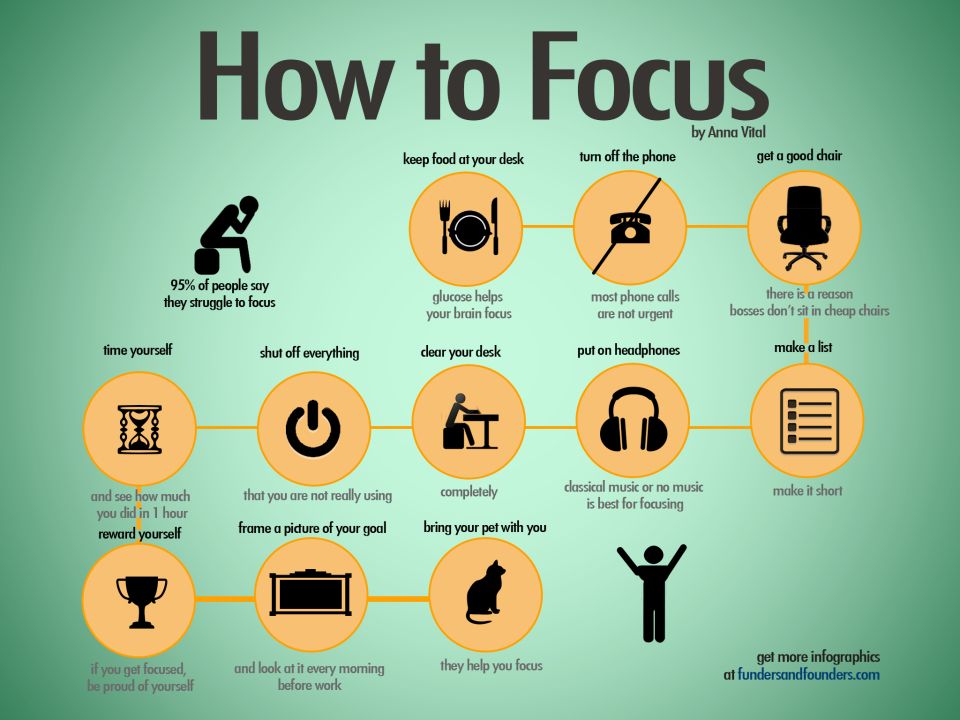How to teach a child math facts
Teaching math facts in a way that helps them stick
Math facts are basic calculations that children can learn in order to help them do arithmetic more quickly. By committing math facts to memory, they can be recalled fluently so attention is freed for working on higher order math functions.
Drills are often the first thing that comes to mind, but the goal for parents and teachers is to help children automatize these facts in as painless of a way as possible - even better if it can be fun!
Teaching math facts
What to teach first
Addition and subtraction math facts are typically learned first, followed by multiplication and division. As in most areas of mathematics, learning is cumulative, and one thing builds on another.
Teaching math facts to students
Math facts can be thought of as the basic building blocks of math.
The more fluent and accurate a child’s knowledge of them, the more confidently and quickly they can work through problems.
So, what’s the best way to teach them?
There is no one right way and the approach you take may be different depending on your learner.
First, information must pass from short to long-term memory. To automatize a fact, it then needs to be encountered and recalled frequently enough so production happens quickly and effortlessly.
One of the best ways for a teacher to ensure learning has taken place is to see if learners have productive knowledge of a math fact. Can they recite it aloud or write it out?
6 Ways for kids to practice math facts
-
Write them out. Use a smartboard, a whiteboard, a blackboard, or even just a plain piece of paper and have a child write them out as you say them aloud.
This is a basic exercise but there’s no reason why it can’t be effective. It works especially well for kids who are confident with handwriting.
To add a sensory element, you can have them trace numbers and equations in the sand or on a foggy car window.
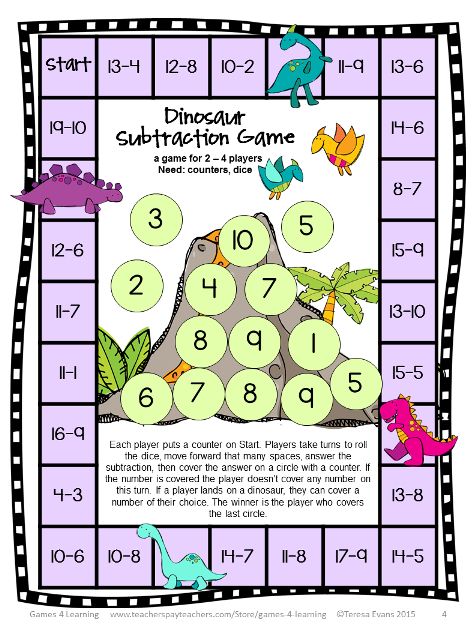 This is a great way to practice on the go and the novelty can make a traditional drill like this feel more fun.
This is a great way to practice on the go and the novelty can make a traditional drill like this feel more fun. -
Make use of magnetic numbers. Another tactile way of practicing math facts is with magnetic numbers. You can also use foam numbers on a wet surface or have them arrange wooden numbers on a table.
The best part of learning and rehearsing facts this way is students’ errors are easily corrected through re-arranging the numbers, avoiding the stigma of erasers and red pens.
Just make sure to purchase two or more sets of magnetic numbers so you can create equations in which a digit appears more than once, for example 1 + 1 = 2.
-
Say them aloud. Reciting math facts aloud is a great way to commit them to memory, especially for students who are auditory learners or those who struggle with processing visual information.
Prompt the child to recite the entire fact then provide the correct answer orally if needed.
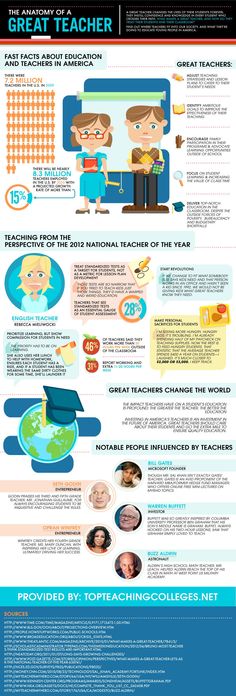 Often students who are struggling to remember a fact can hear your voice or their own rehearsing it.
Often students who are struggling to remember a fact can hear your voice or their own rehearsing it.Math education doesn’t have to take place at a desk. Rehearsing facts while on the go, in the shower or even at the supermarket can make for an engaging approach.
In the classroom, a teacher may have learners chant the math facts as a group. You can even create a game in which two teams compete and must say the fact in a particular way, whisper it, sing it, shout it etc. This is a fun way to practice.
-
Type them out. For kids who struggle with handwriting, and/or speech production, touch-typing is often an effective approach for practicing newly learned information.
In the Touch-type Read and Spell program, the math fact appears on the screen. It is then read aloud, and the student must type it out at the same time, using the correct finger positions.
This type of multi-sensory drill has proven effective for committing information to memory.
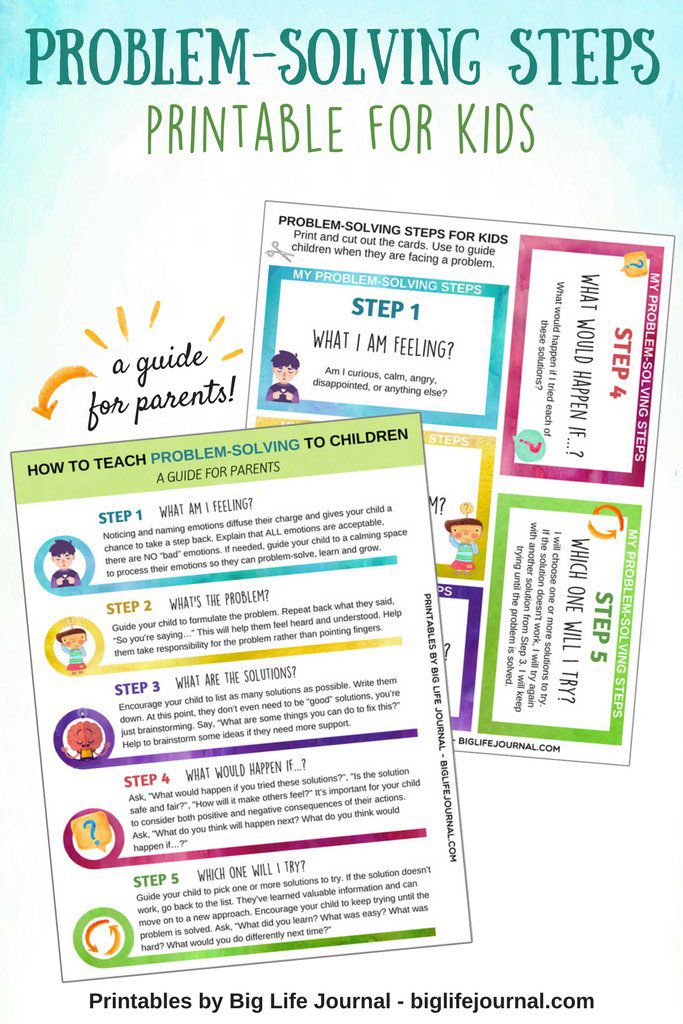 This is because it brings together visual, auditory and tactile stimuli to help math facts ‘stick.’
This is because it brings together visual, auditory and tactile stimuli to help math facts ‘stick.’It’s also a great way to work on number spelling!
Learn more
-
Show them on a calculator. You can play a calculator game where a learner is given a sheet of facts to enter and must guess before confirming their answer on the calculator.
This gives students a measure of control in checking their own work and makes it easier for the teacher to see where more practice is needed.
In the classroom, a teacher can divide learners into two groups where each group is responsible for setting up a math fact equation for the other group to solve using the calculator.
-
Arrange objects on a flat surface. From food to buttons, recreating math facts this way can help visual and tactile learners commit them to memory.
Also note this can work well for students who struggle with hyperactivity as it gives them a chance to move during a lesson.
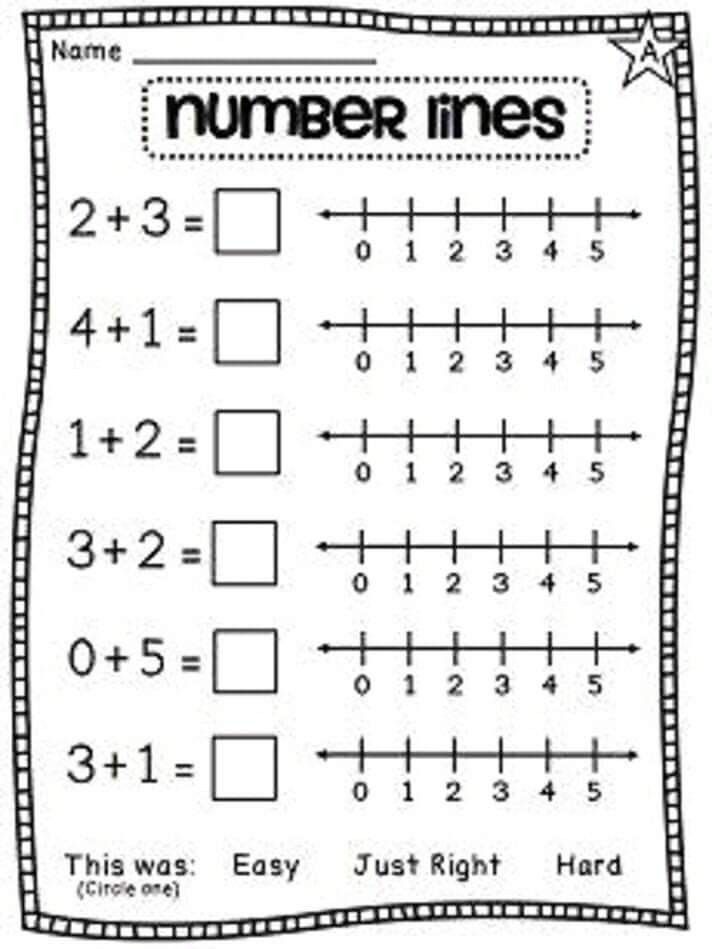
Another kinetic learning activity is to give students flashcards and get them to arrange the cards (or themselves holding the card) in groups based on shared factors.
Mixing up the order in which students learn and practice facts is important. It’s also good to allow learners a measure of creativity in an otherwise rote-learning task. For example, you could have learners illustrate math facts through drawing or painting.
You might get them to create their own rhyme or song, such as three little birds sat on a wall, two flew away and then there was one. Many nursery rhymes use this tactic to teach math but it’s always fun to give kids a chance to write their own.
What causes a child to struggle with math facts?
If you notice a child is having a hard time learning math facts, there may be a specific learning difficulty to blame.
Dyscalculia
Students with dyscalculia can take longer to master counting. They may try to count on their fingers instead of relying on learned math facts, and they often struggle with basic arithmetic.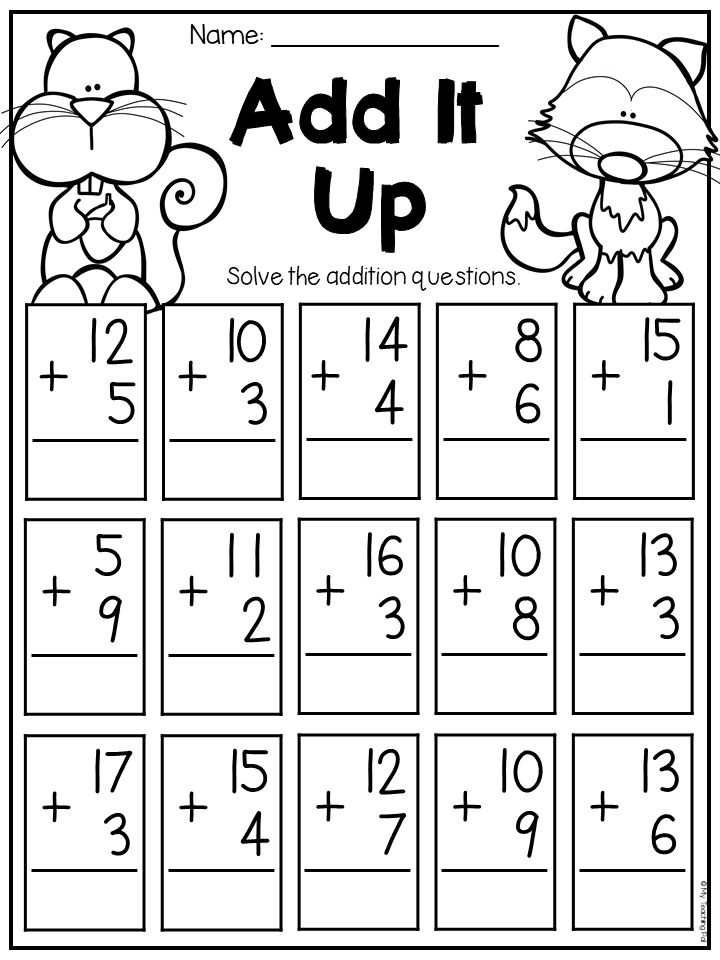
It’s sometimes recommended that students with dyscalculia be given a calculator as a classroom accommodation to help them access high order math lessons.
Learn more about dyscalculia.
Dyslexia
Individuals who have dyslexia may struggle with math facts. They can be prone to reversing digits and/or changing the order of numbers when working on an equation.
Word problems are often particularly difficult for students with dyslexia.
Visual processing difficulties
Visual processing difficulties affect an individual’s ability to makes sense of visual information.
This means learners have a harder time interpreting math symbols, including numbers and letters on the page.
Learn more about visual processing difficulties.
Slow processing
Children with slow processing speed can have trouble performing math operations as they struggle to hold multiple pieces of information in memory at the same time.
Learning math facts is especially important, but this too can take longer and require more drills and repetitions to automatize learning.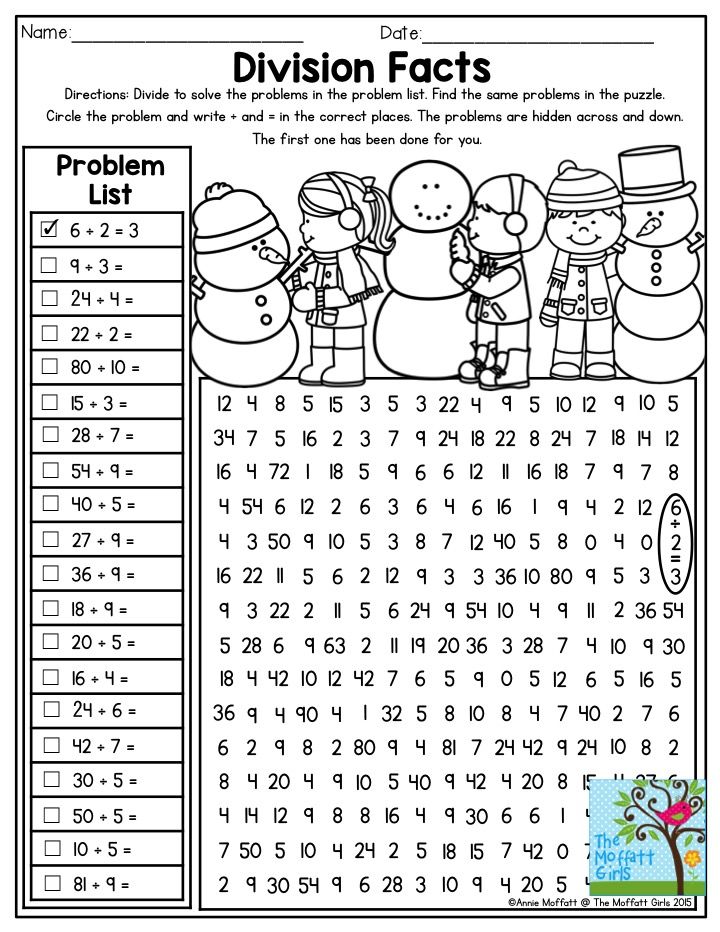
Math anxiety
Math anxiety can cause a learner to experience a mental block which may cut off access to learned information, like math facts. Anxiety typically affects learners during timed assessment situations.
Keep in mind, just because production is interrupted, it does not mean the individual has not learned the math facts.
Dyspraxia
Dyspraxia is a fine-motor skills difficulty that can make writing by hand, painful. Individuals with dyspraxia may additionally have problems with sequencing, which can cause them to struggle in multi-step math problems.
Tools for reinforcing math skills
Flashcards are a great no-fuss way to learn math facts. Shuffling a deck makes it easy to mix up the order in which students practice, a learner can study them together with a tutor, a peer, or on their own, and flashcards provide both visual stimuli and a chance for kinesthetic learning. Students can flip the cards over, stack them, or sort them into piles.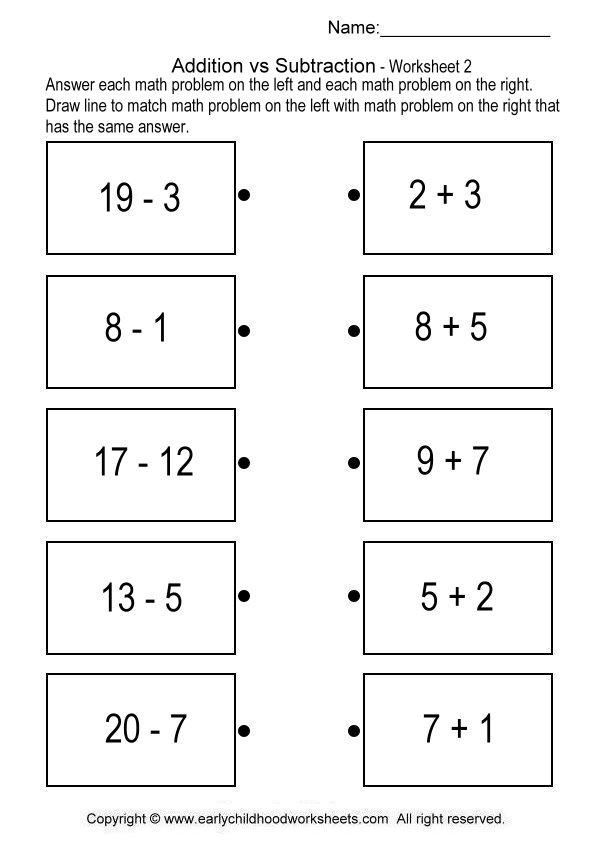
There are also a number of apps designed to help students learn math facts. Many of them use gamified approaches which may include drills that motivate students to practice, or actual games based around providing math fact answers and solving simple equations.
Touch-type Read and Spell is both a computer program and an app that teaches touch-typing. Originally designed to help learners with dyslexia, it uses an Orton-Gillingham phonics-based approach to learning in which students see words on the screen, hear them read aloud and type the corresponding keys.
Multi-sensory practice helps reinforce learning and short modules build knowledge and memory for math facts in a gradual and gentle way. TTRS also has a series of lessons on math subject skills that help students build confidence and reinforce classroom math education.
Learn more
5 Ways to Help Kids Memorize Basic Math Facts
It is one of our goals as teachers to help students memorize basic math facts.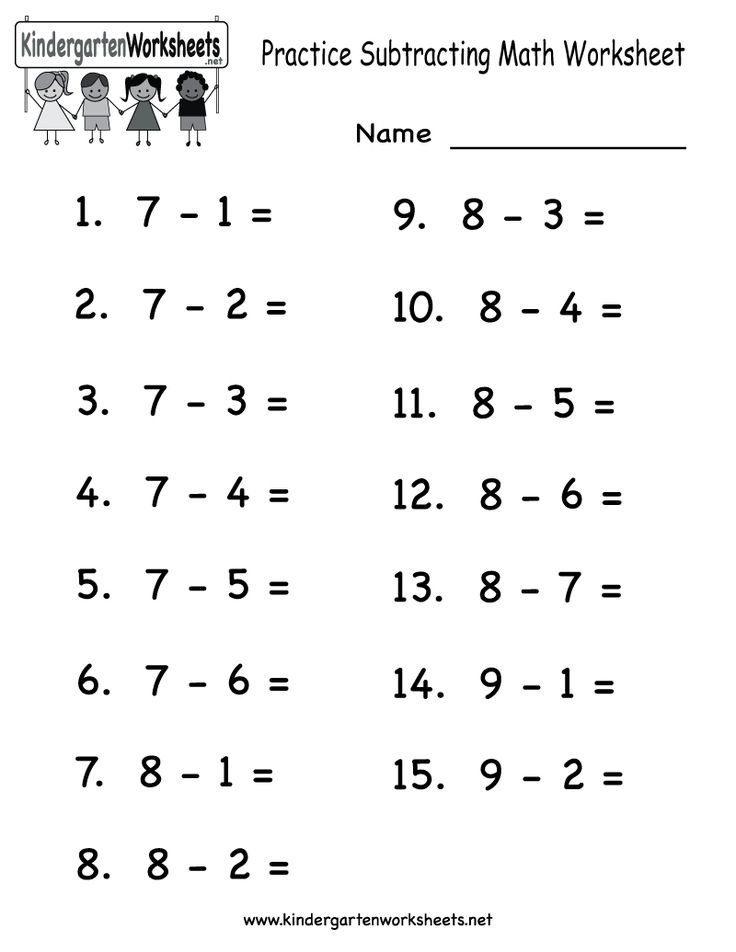 But what is the best way to do that? Some students just have a hard time memorizing. You could drill your students on timed tests and flashcards, but I find that just frustrates my students. That is why I use other tools and strategies to help my students memorize basic math facts. Here are 5 ways to help kids memorize basic math facts.
But what is the best way to do that? Some students just have a hard time memorizing. You could drill your students on timed tests and flashcards, but I find that just frustrates my students. That is why I use other tools and strategies to help my students memorize basic math facts. Here are 5 ways to help kids memorize basic math facts.
1. Repetition:
Students need practice! They need practice every day. You could have students practice with timed tests, but I have found that students get burned out with that pretty quickly. I have my students play games for practice fluency with basic math facts. We use math fact games as fast finishers in our classroom.
I also have a math fact center for our center’s time. This is just a couple of ways that students can get the practice they need to memorize math facts! I give you a list of games you can play with my math facts in my free workbook: The 7 Steps to Ensure Math Fact Fluency. Get yours here!
2.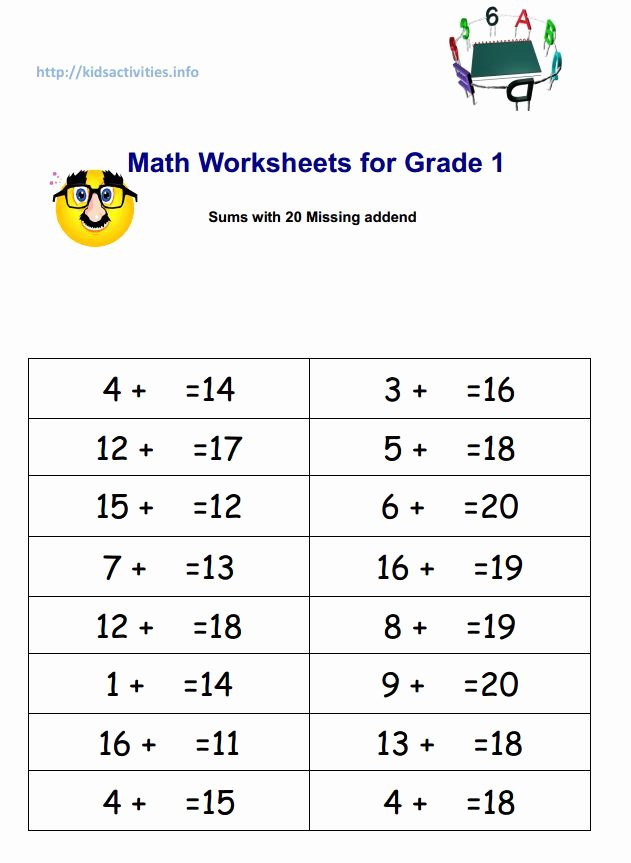 Use Songs and Chants:
Use Songs and Chants:
Students are better able to memorize when you bring in songs and chants! I use a song to help students remember all of the doubles facts.
I also have posters to help students remember the rhyme that goes with the song. And it works! Students are able to memorize double facts so quickly. From there, I show students how to find the answer to near doubles facts. To learn more about how to teach the Near Doubles Strategy, read this blog post here.
3. Teach Math Fact Strategies:
When it comes to basic math fact practice, students need to see the relationships between the basic facts. That is why I teach math fact strategies. If students know one fact, they can know other facts quickly by using strategies. One of my favorite strategies to teach is using fact families.
Once students see the relationships, they automatically know other ones. For example, if students know 8+2=10, then they already know 2+8=10. They can also know 10-8=2 and 10-2=8.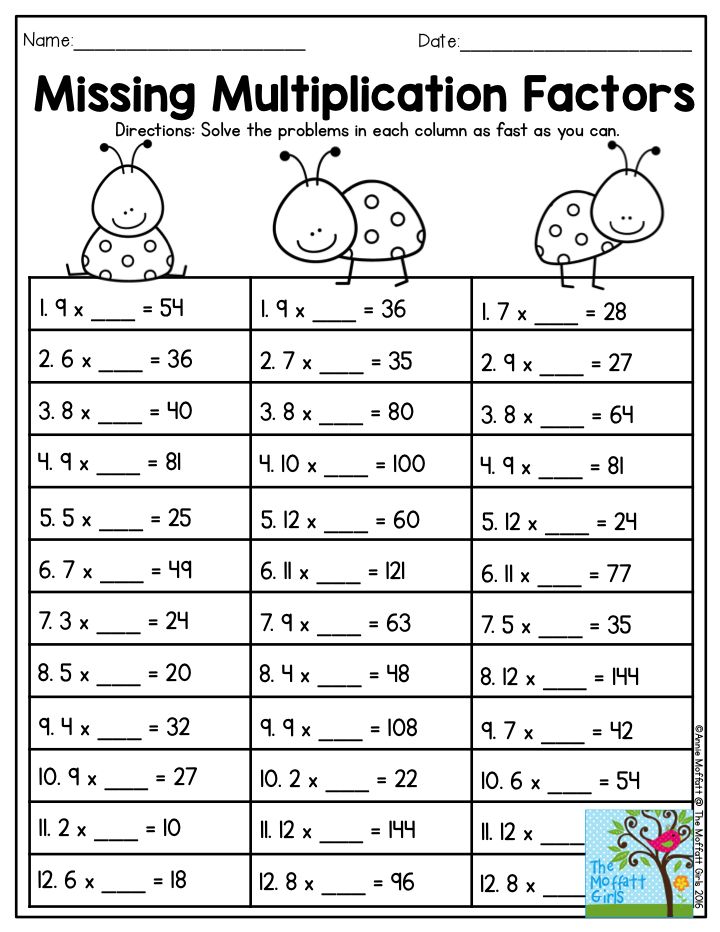 Students do need practice with strategies to know these patterns, that is why I use task cards to help them. Find the task cards I use in my classroom here. I share all the strategies I teach in my classroom in my free workbook: The 7 Steps to Ensure Math Fact Fluency. Get yours here!
Students do need practice with strategies to know these patterns, that is why I use task cards to help them. Find the task cards I use in my classroom here. I share all the strategies I teach in my classroom in my free workbook: The 7 Steps to Ensure Math Fact Fluency. Get yours here!
4. Model Using Math Fact Strategies:
If students are going to use math fact strategies to learn basic math facts, then they need to see you using them! When a math fact comes up in your regular math fact lesson, model how to find the answer with a strategy. The more they help solve a basic math fact with a strategy, the more it is likely they will commit the fact to memory. To help me model math fact strategies, I always keep a number line and ten frames up on my white board.
5. Make it Hands On:
Help students see the facts visually! Help them manipulate the equations and numbers. Use linking cubes to break apart numbers and write equations. Help them fill out ten frames to find the answer to equations.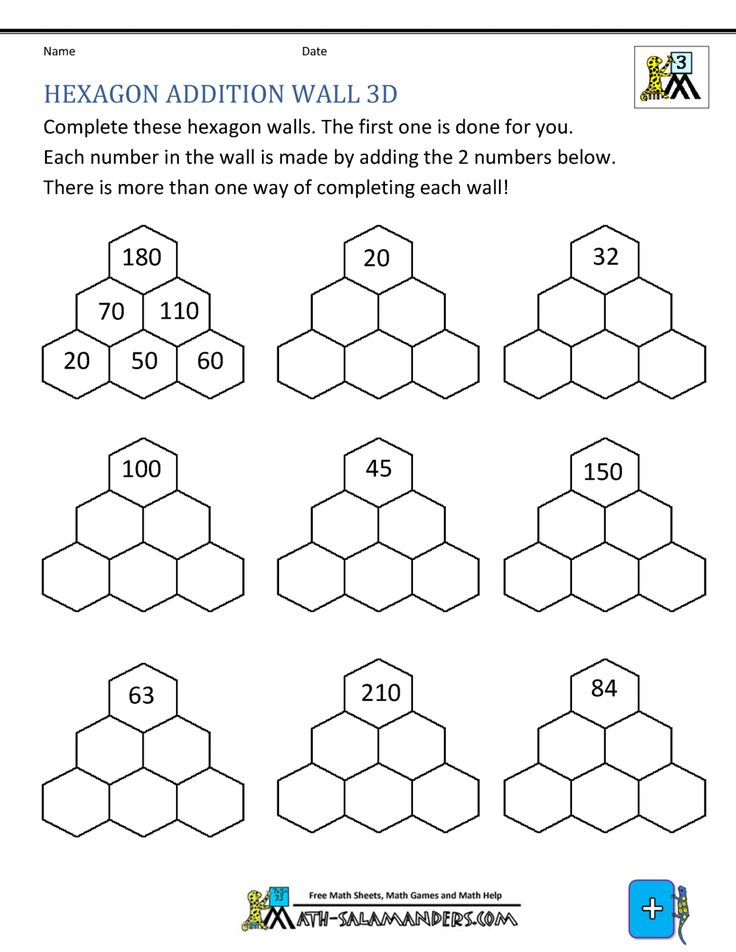 As they use more senses, they will understand the facts more, and be able to commit them to memory.
As they use more senses, they will understand the facts more, and be able to commit them to memory.
Helping students get to math fact fluency is so important. It helps them see the operations of math. It helps them as they move on to more difficult math, such as 3-digit addition and subtraction. They won’t need to stop their progress by trying to remember facts. Looking for more ways to help students memorize math facts? Download my free workbook for 1st and 2nd grade teachers: The 7 Steps to Ensure Math Fact Fluency
Child doesn't like math? Tips for parents on how to get their child interested in mathematics
- Why should a child study mathematics
- Why the child does not understand mathematics
- 10 Ways to Help Your Child Love Math
Why does a child need to study mathematics
Have you ever wondered why children study some subjects in the school curriculum only a few classes and 1-2 times a week, but study mathematics almost every day throughout the entire period of study? For some reason, this particular discipline is considered so important that you can’t do without it.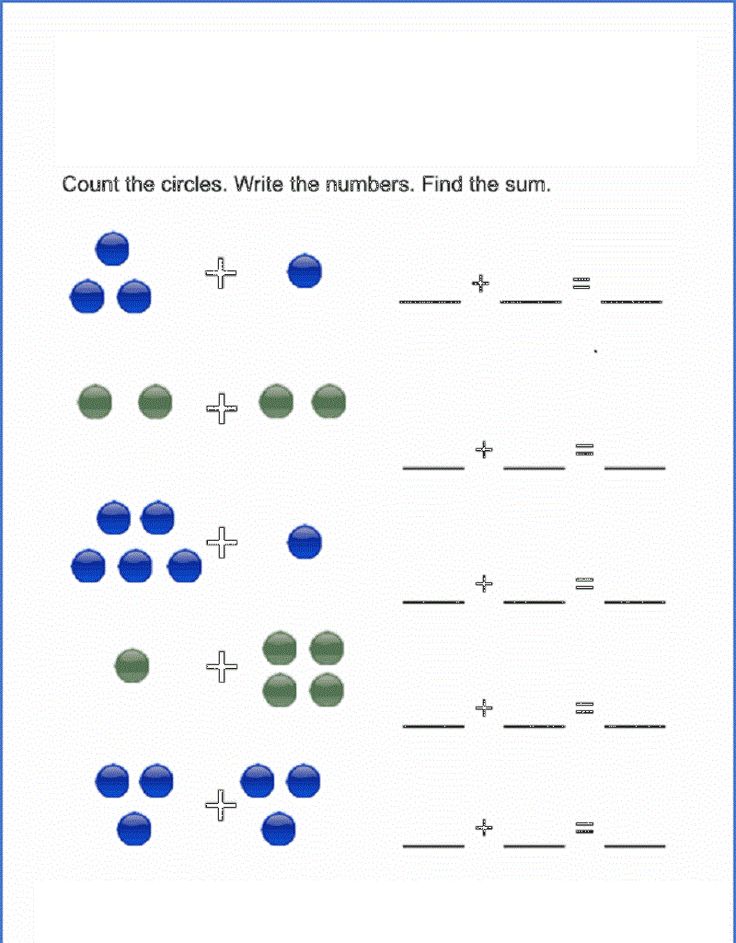
The answer to this question is quite simple - mathematics is everywhere. And we're not just talking about the obvious day-to-day worries like figuring out how much to buy at the supermarket or trying to keep up with traffic, although the above certainly makes life easier. Mathematical thinking underlies the understanding of any patterns and cause-and-effect relationships, whether it is a logical choice, which is more convenient for the whole family to get to grandma’s birthday party (it’s faster by metro, but it’s more convenient by car, and you can pick flowers along the way for birthday girl), or a simple calculation in what proportions to add milk and flour to the dough for pancakes.
In addition, math classes perfectly train memory, critical thinking and the ability to build a system, make predictions and understand the likelihood of a particular result both in work and in personal life.
If you still have doubts that, for example, your very creative child will not need math, or you think that skills at the level of primary secondary school are enough for a successful life, then we will tell you why a football player needs to be able to count, and how connected poetry and mathematics.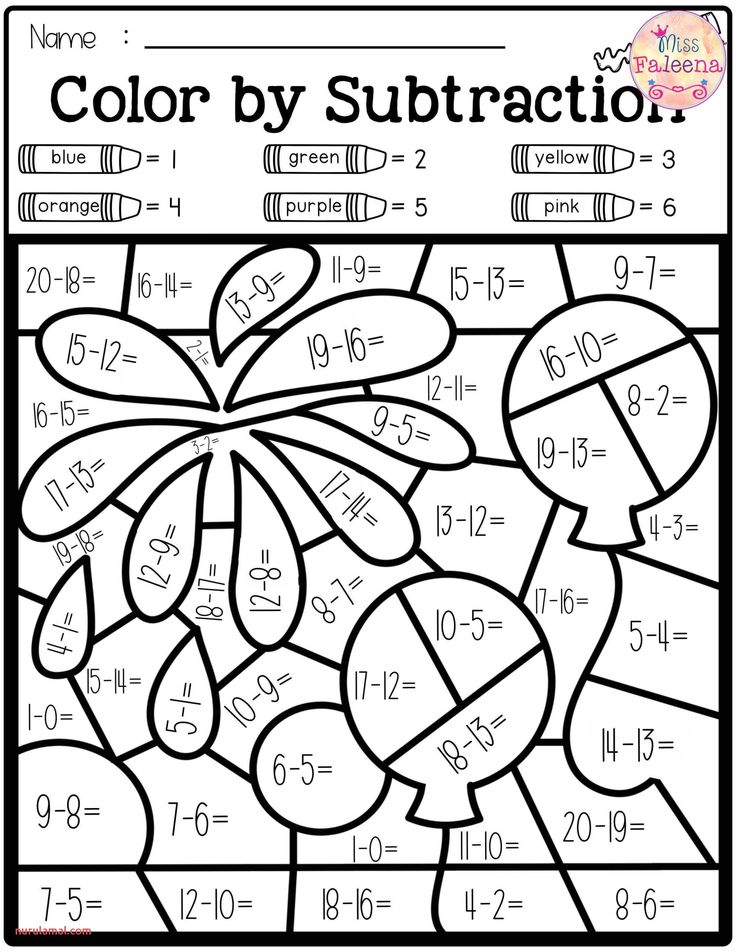
Why a child does not understand math
First, let's identify some of the main reasons why a child does not like math:
- Math is too hard.
- The lessons are boring.
- Children are forced to do math.
It is generally accepted that the successful development of algebra and geometry requires a certain mindset, due to the genetic predisposition to the rapid assimilation of the exact sciences. However, understanding math problems is a skill like any other, and if you do exercises aimed at developing analytical skills, progress will not be long in coming.
Interest in mathematics, however, as in any other subject, is really directly related to the personality of the teacher and his ability to present information in an interesting way to involve children in the process, and not just mechanically solve examples. Often, teachers at school do not have the opportunity to give the right amount of attention to each student, finding an individual approach, so the development of technical skills in applying formulas comes to the fore, and this, in turn, is perceived by children as something boring.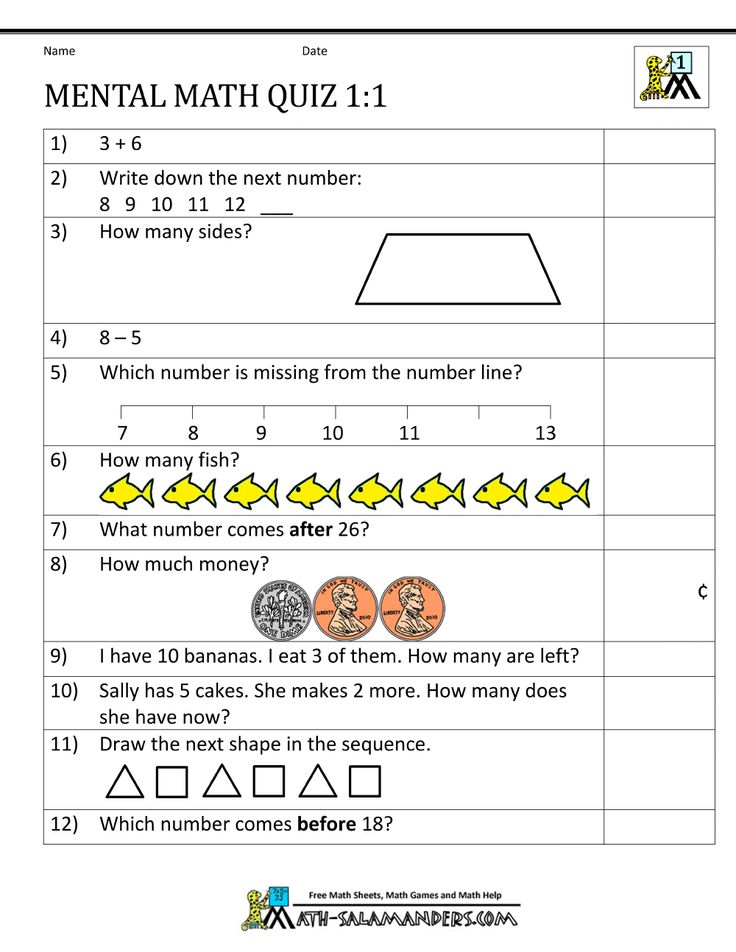
And most often these are just monotonous and often divorced from the real life context of the child tasks from school textbooks. Children simply have no idea what they can do with this knowledge when they leave the classroom. After school. The necessity of such lessons causes negative emotions in the child and is strongly associated with the feeling that it is very difficult, and sometimes even with some impotence and hopelessness.
And now that we know WHY and WHY , we will tell HOW to make your child fall in love with mathematics!
10 Ways to Help Your Child Love Math
1. Discuss
Tell your child about interesting math facts and theories. Stories about famous mathematicians or programmers who have achieved notable results or come up with something that we all use every day can inspire us to take up a subject that has not emotionally touched until now.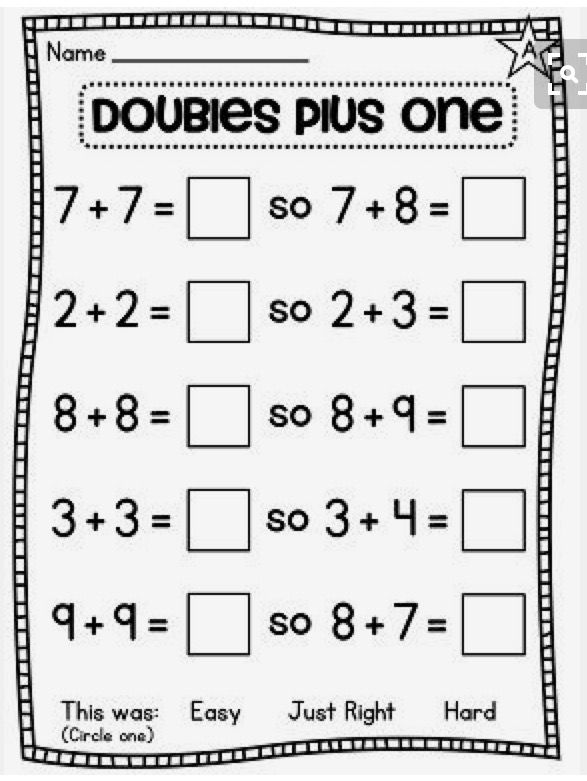 Give the example of Steve Jobs or Mark Zuckerberg, whom the whole world now knows, because without their inventions, many people cannot imagine their lives. Associate in your child's mind the pursuit of mathematics with the possibility of success if he or she admires famous people.
Give the example of Steve Jobs or Mark Zuckerberg, whom the whole world now knows, because without their inventions, many people cannot imagine their lives. Associate in your child's mind the pursuit of mathematics with the possibility of success if he or she admires famous people.
2. Create
It would seem that what could be further from mathematics than music, art or even poetry? But oddly enough, in any kind of creativity, there are also logic, analysis, and calculations. For example, the order and harmony of poems are based on nothing less than meters and rhythms, the application of which requires good calculation and reasoning. In painting, a good eye and spatial thinking are key tools. Subjects such as geometry and drawing allow you to develop them. And in music - the rhythm and harmony of any melody directly depend on how correctly the musician can make the calculation and choose the intervals. You can read more about the connection between mathematics and music in our article.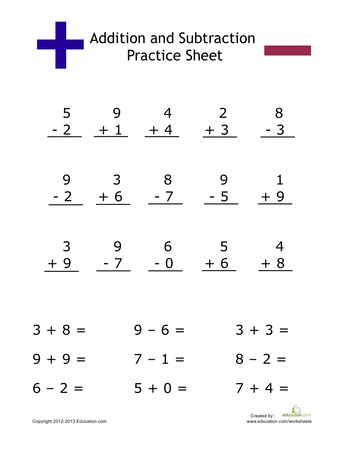
3. Do what you are good at
As we wrote above, mathematics can be useful in absolutely any activity, even if at first glance it is not there. For example, logic reigns in the rules of Russian or any other language, because language is a system, and it is built on strict laws. If a child is good at mastering linguistics, show him how logically everything is arranged there. Any sentence is connected and coordinated among themselves words, and each individual word has a structure - a root, a prefix, a suffix and an ending. If your son or daughter has an aptitude for biology or geography, then there are a sufficient number of calculations and patterns in these subjects.
4. Count crows
Or people in blue jeans on the street. Any object will do, tracking which, even the smallest child will learn to concentrate and keep information in mind, count and remember, and, very importantly, will be emotionally involved in the process. Ask your child to help you calculate the amount of purchases in the store or the amount of the discount if the percentage has already been spent.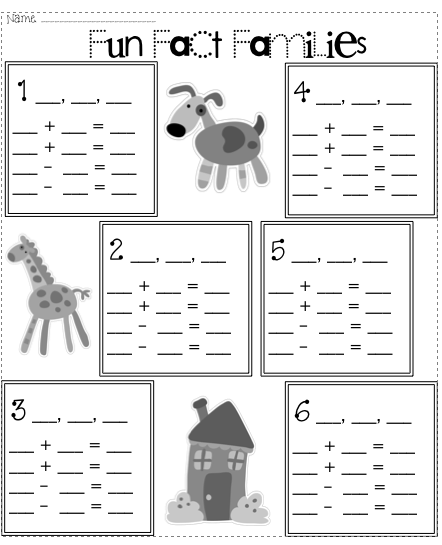 Make pocket money the subject of an account for the child - let their amount depend on some of your orders, then it will be interesting for him to know how to get the amount that is needed to buy something he wants.
Make pocket money the subject of an account for the child - let their amount depend on some of your orders, then it will be interesting for him to know how to get the amount that is needed to buy something he wants.
5. Play Now
Logic puzzles and riddles, chess, checkers and many other games allow you to involve your child in entertaining learning, where there is no boredom and pressure from teachers. For these purposes, both board games for logic, where you need to apply a strategy and think ahead, and simple applications for a smartphone, in which you need to compare something with something, choose the color or shape of shapes, assemble a whole from parts, and so on, are suitable. .
The earlier you start doing this, the easier it will be for the child not only to cope with the school curriculum, but also to think and draw conclusions independently.
6. Encourage curiosity
All children are naturally curious, this is how they explore the world and learn to navigate it.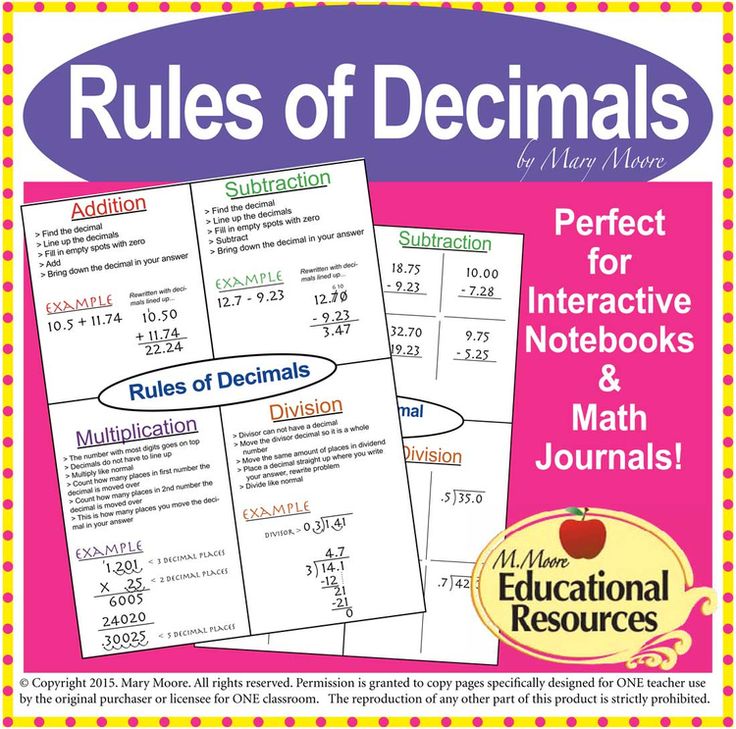 Try to stimulate curiosity in your child in search of ways to solve certain problems (not necessarily mathematical ones). Even in fiction, for example, in the detective genre, you can see a lot of patterns, and in order to understand the motives for the actions of the characters, you must be able to analyze the plot. Therefore, if your child loves to read, he will surely enjoy calculating possible scenarios, guessing who will be the main villain and why.
Try to stimulate curiosity in your child in search of ways to solve certain problems (not necessarily mathematical ones). Even in fiction, for example, in the detective genre, you can see a lot of patterns, and in order to understand the motives for the actions of the characters, you must be able to analyze the plot. Therefore, if your child loves to read, he will surely enjoy calculating possible scenarios, guessing who will be the main villain and why.
7. Motivate
For some children it is very important to achieve their goals and be the leader in the classroom or on the playground, they like to be admired. If your child is striving to become successful, help him - explain that the development of mathematical disciplines will be a kind of victory for him. In addition, having understood mathematics, he will definitely have authority among classmates and teachers, and will also be able to succeed in other areas of life.
8. Show the beauty
Few people are able to see aesthetics and harmony in mathematical tables and formulas - this is something special that is not given to every student. But if you show a child how all the quantities in, say, a multiplication table are interconnected, and because of this it can be used so easily, he can be imbued with this peculiar beauty. And if you also supplement your story with examples listing cases where these patterns are very necessary, everything will become even more interesting. For example, thanks to the knowledge of the squares of numbers, examples with roots are simply and quickly solved.
But if you show a child how all the quantities in, say, a multiplication table are interconnected, and because of this it can be used so easily, he can be imbued with this peculiar beauty. And if you also supplement your story with examples listing cases where these patterns are very necessary, everything will become even more interesting. For example, thanks to the knowledge of the squares of numbers, examples with roots are simply and quickly solved.
9. Do hobbies with your children
And also tell me what mathematical things you can find there. Let the child consciously perform the same actions as before, but now compare them with similar mathematical ones. For example, when playing football or basketball, it is necessary not only to run fast, but also to calculate in advance the actions of the opponent and the distance to his goal or basket for an accurate hit on the ball.
10. Pay attention to the child
everything mathematical that you see every day. The more habitual it becomes for him to count something, to ask himself questions about the causes of some situation or ways to achieve the desired, the faster logical thinking will become natural, self-evident. For example, if you are late for something, ask the child why, in his opinion, this happened, what conclusions can be drawn from this situation, and what can be done to arrive on time next time. The habit of asking yourself such questions and analyzing events over time will help you think more logically.
The more habitual it becomes for him to count something, to ask himself questions about the causes of some situation or ways to achieve the desired, the faster logical thinking will become natural, self-evident. For example, if you are late for something, ask the child why, in his opinion, this happened, what conclusions can be drawn from this situation, and what can be done to arrive on time next time. The habit of asking yourself such questions and analyzing events over time will help you think more logically.
And if you want to give this task - to help your child get carried away with mathematics - to professional teachers who own the methods described above and many other methods, sign him up for a lesson or a specialized shift at the Matclass camp.
Enroll
for classes at MatclassLearn more
about the Matclass campsTechniques to help students and their parents
To teach a child math, introduce an element of the game into teaching.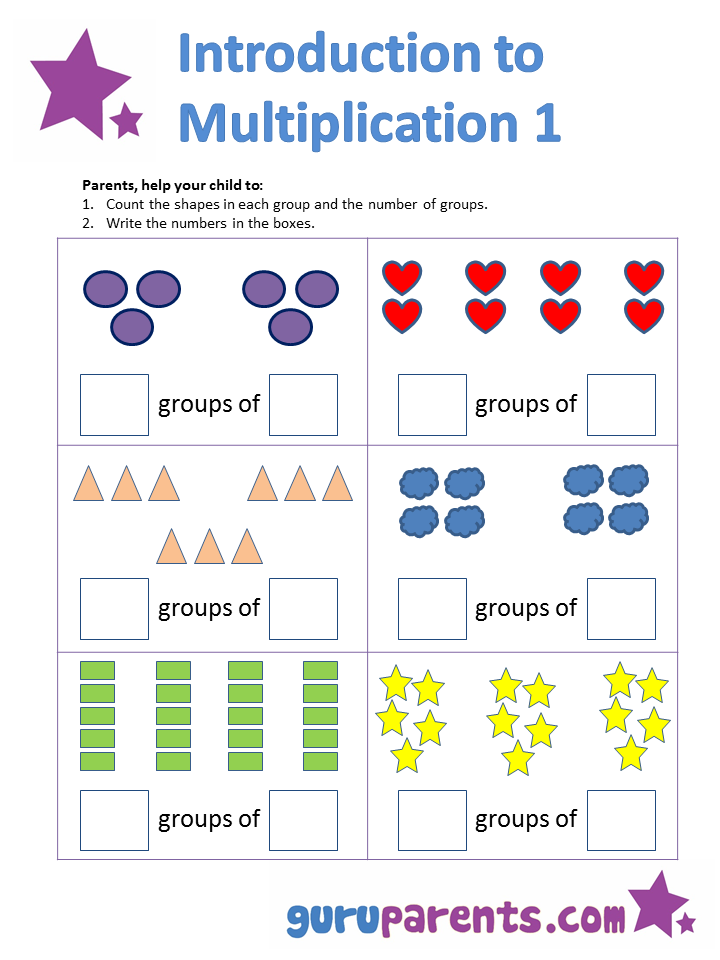 We have collected fun tricks that will help younger students better understand the “queen of sciences”
We have collected fun tricks that will help younger students better understand the “queen of sciences”
Ksenia KONYUKHOVA
KP journalist
For example, memorize angles: imagine that each finger represents an angle from 0 to 90 degrees. The thumb is 90 degrees, the index finger is 60, the middle finger is 45, the ring finger is 30, and the little finger is 0. Of course, such calculations do not differ in accuracy, but you can estimate the angles approximately (see picture).
Multiplying with your hands
Children usually do a pretty good job of multiplying small numbers. But everything that is more than 6x7 raises questions. How much is 7x8? What about 6x9? If the child has not yet learned the multiplication table properly, his own palms will help.
Imagine that two palms are two numbers that need to be multiplied by each other.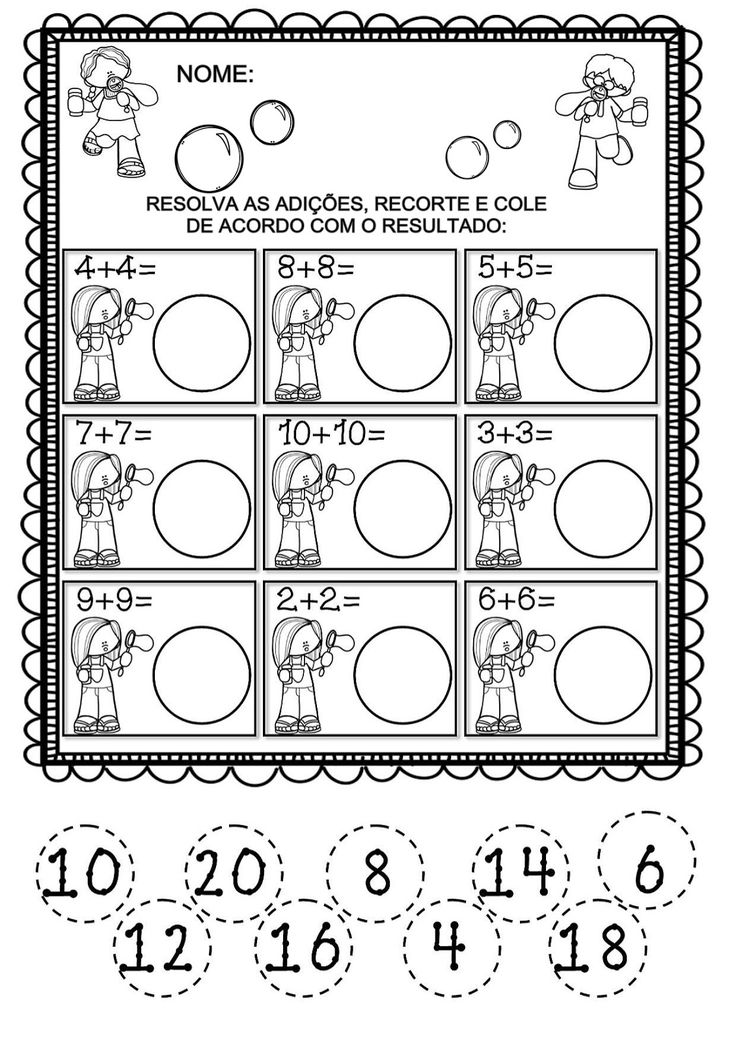 Remember the rules: one curled finger is the number 6, two curled fingers is the number 7, three curled fingers is 8, and four curled fingers is 9. That is, if you need to multiply seven by eight, then on one palm we bend two fingers (see figure) , and on the other - three.
Remember the rules: one curled finger is the number 6, two curled fingers is the number 7, three curled fingers is 8, and four curled fingers is 9. That is, if you need to multiply seven by eight, then on one palm we bend two fingers (see figure) , and on the other - three.
Now we count how many fingers are bent in total, these will be tens in the answer. In our example, 5 fingers are bent, it will be 50. Then we multiply the number of unbent fingers on one palm and on the other - these will be units. In our example, we need to multiply 2 by 3, it will be six. We combine tens and ones - it turns out 56.
Alas, this rule does not work with everything that is less than 6x8.
Butterfly Rule
In scientific terms, this is an algorithm visualization that will help teach a child to add and subtract simple fractions in mathematics.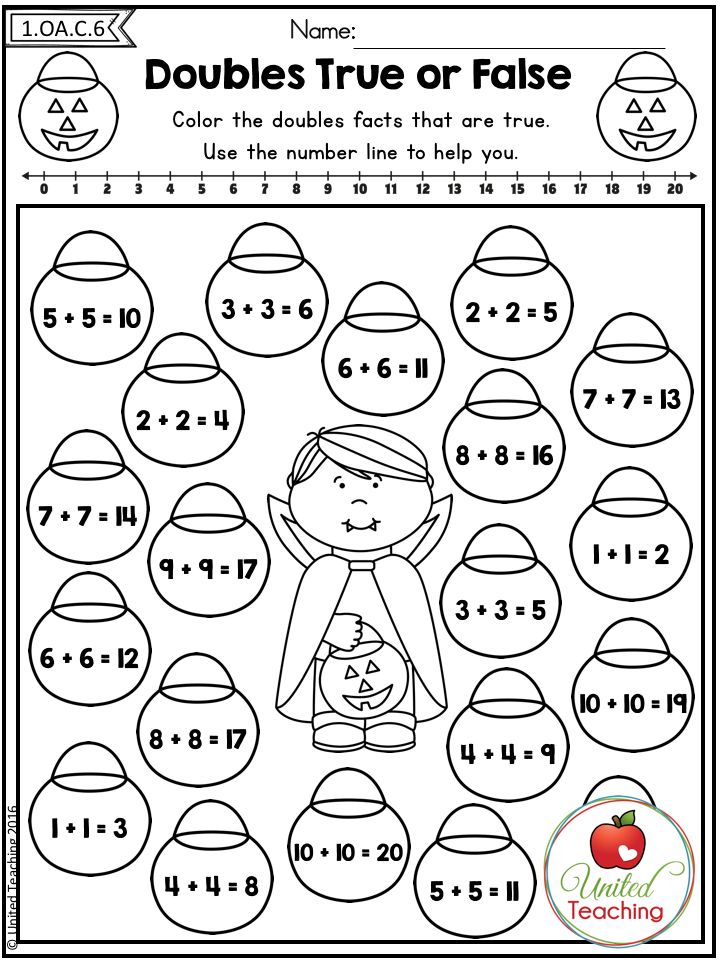 We draw the "wings" of a butterfly - we combine the numerators and denominators of fractions. We multiply them crosswise and write the resulting values in the "antennae" of the butterfly. Now we add or subtract them - depending on what needs to be done in the task. The resulting result is the final numerator.
We draw the "wings" of a butterfly - we combine the numerators and denominators of fractions. We multiply them crosswise and write the resulting values in the "antennae" of the butterfly. Now we add or subtract them - depending on what needs to be done in the task. The resulting result is the final numerator.
Now we need to deal with the bottom of the shot. To do this, draw the "tail" of the butterfly - multiply the lower parts of the fractions on each other. This will be the denominator (see figure).
Multiplying by 9
Multiplying by 9 with your fingers is the easiest way. To do this, mentally (well, or with a felt-tip pen) number the fingers on both hands from 1 to 10. Then we bend the finger under the number by which we need to multiply 9. That is, if in the example 9x3, bend the third (middle) finger of the left hand. Then we look at how many fingers remained straight before the bent one (these will be tens) and after it (these will be ones). In our example, there will be 2 fingers before the bent ring finger and 7 after - that is, 27 (see picture).
In our example, there will be 2 fingers before the bent ring finger and 7 after - that is, 27 (see picture).
Interesting
How to quickly learn the multiplication table: 5 easy ways from a math teacher It's easy to do: there are easy ways to help you understand the calculations
| More details |
Reminder for other lessons
No stockings or stockings? Socks or socks? Remember: what is shorter is written longer, and vice versa! That's right: no stockings, no socks.
For those who confuse “put on” and “dress”: put on clothes, put on Nadezhda.
Emphasis in the word "cakes"
They ate cakes for a long time,
The shorts did not fit.
Memorize the planets
“We All Know: Yulia's Mom Took Pills In The Morning” - Mercury, Venus, Earth, Mars, Jupiter, Saturn, Uranus, Neptune, Pluto.